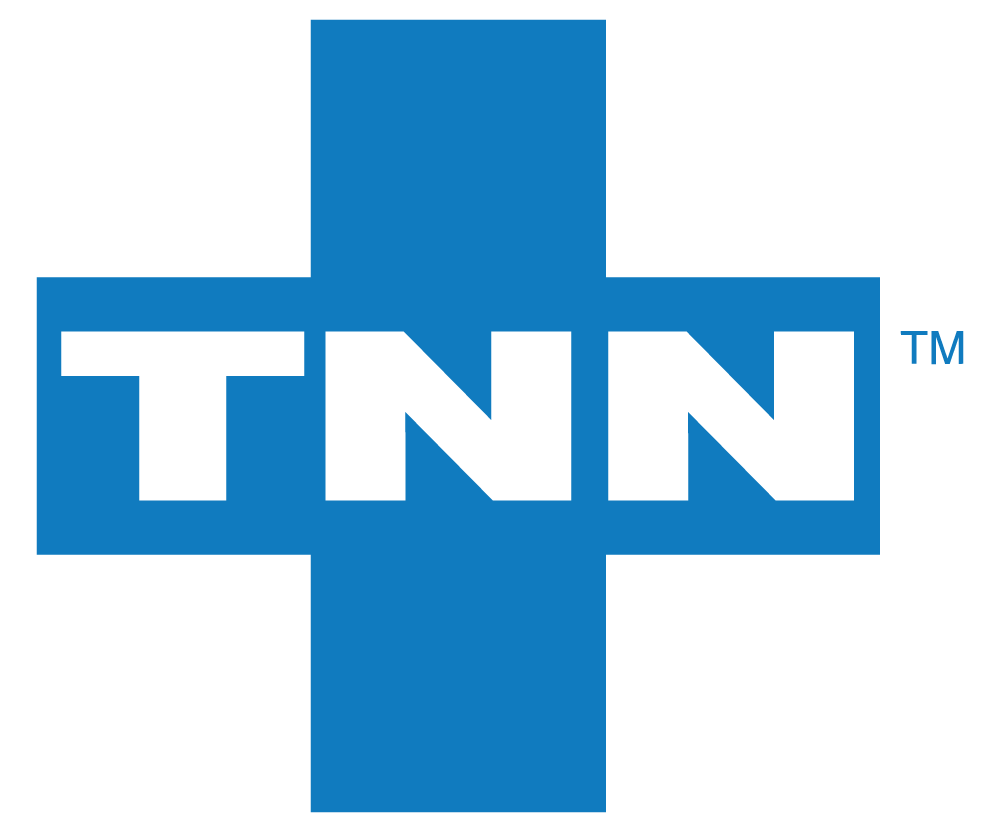
TNN Bulletin
You’ve been told that safe staffing in nursing is a key part of providing quality care. But how do you go about it? This article will give you the secrets to safe staffing in nursing.
Have you ever been a patient in a hospital? If so, chances are you interacted with a nurse. nurses are the heart of the health care system, and they play a critical role in ensuring patients receive quality care. But nurses can only do their jobs well if they have enough staff to support them. Unfortunately, many hospitals struggle to provide safe staffing levels for nurses. In this blog post, we’ll explore what safe staffing is and why it’s important, as well as ways hospitals can improve their staffing levels. We hope this information will be helpful for both nurses and hospital administrators alike!
What Is Safe Staffing in Nursing?
In short, safe staffing in nursing refers to the practice of having enough staff on hand to meet the needs of patients. This includes not only nurses but also support staff such as nurse aides and medical assistants. When a hospital is properly staffed, nurses can take breaks, get adequate rest, and avoid burnout. They’re also able to provide the one-on-one care that patients need and deserve.
Why Is Safe Staffing Important?
There are many reasons why safe staffing is so important in nursing. First and foremost, it’s crucial for patient safety. When nurses are overworked and understaffed, they’re more likely to make mistakes. This can lead to serious errors in patient care, such as administering the wrong medication or making a mistake during surgery.
In addition to patient safety, safe staffing is also important for nurse retention. When nurses are overworked and underappreciated, they’re more likely to leave their jobs. This not only creates a vacancy that needs to be filled, but it also means that the remaining staff must pick up the slack. This can lead to even more burnout and turnover.
Finally, safe staffing is important for the bottom line. When nurses are overworked, they’re more likely to call in sick, which leads to increased overtime costs. In addition, high turnover rates can be very expensive for hospitals.
How Can Hospitals Improve Their Staffing Levels?
There are several ways that hospitals can improve their staffing levels. One is by increasing their nurse-to-patient ratios. This means hiring more nurses so that there are fewer patients per nurse. This can be a challenge, however, as it requires hospitals to have the budget to hire more staff.
Another way to improve staffing levels is by using floating nurses. Floating nurses are those who float from one unit to another as needed. This helps to ensure that all units are properly staffed at all times.
Finally, hospitals can use staff scheduling software to create more efficient staffing schedules. This type of software takes into account several factors, such as patient acuity levels and nurse preferences, to create a schedule that meets the needs of both patients and nurses.
Safe staffing is crucial for both patients and nurses alike. Hospitals should take steps to ensure that they’re properly staffed at all times. By doing so, they can improve patient care and safety, as well as nurse retention and the bottom line.








